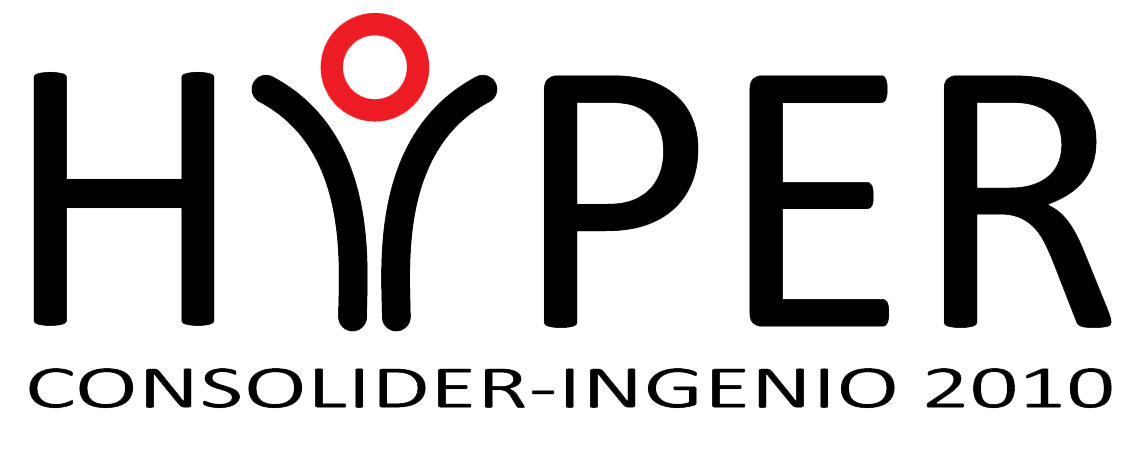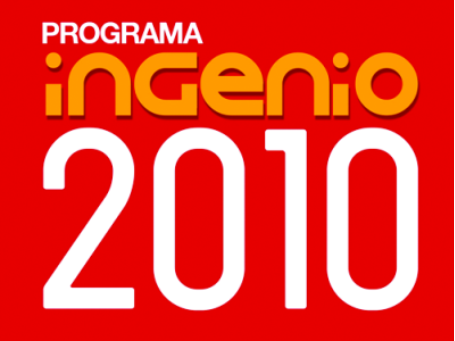WS2 - Neuromusculoskeletal Modelling for Neurorehabilitation Technologies
The ability of understanding the neuromusculoskeletal mechanisms underlying the humans' unique ability of moving is crucial for the development of neurorehabilitation technologies. In this, neuromusculoskeletal modelling can be used to predict the physiological behaviour of human muscles and determine how the human body's internal variables are modulated during movement. For instance, it will allow identifying 1) how muscles contribute to modulate joint compliance during locomotion, 2) the heat released by muscles and the resulting metabolic energy consumption during movement, and 3) the magnitude of the joint reaction forces during human movement. This will enable a number of applications including 1) the design of powered prostheses that modulate joint compliance according to that modulated in the subject's contralateral leg, 2) the design of powered orthoses that can effectively reduce the human energy consumption during locomotion, and 3) the monitoring and prevention of orthopaedic conditions such as osteoporosis and osteoarthritis.
This workshop will introduce neuromusculoskeletal modelling methodologies in the context of real-time applications such as the control of powered orthoses. Furthermore, it will provide hands-on exercises during which the participants will design and simulate the interaction between the human musculoskeletal system and wearable devices.
Organizers
Massimo Sartori, Post-Doctoral Research Scientist, University Medical Center Goettingen. Massimo Sartori received his master degree in Computer Engineering from the University of Padova in 2007. In 2011 he received his PhD degree from the Graduate School on Information Engineering, University of Padova. From 2009 to 2011 he was a visiting PhD student at the School of Sport Science, Exercise and Health, University of Western Australia, working in Prof. David G. Lloyd's group. In 2010 he was a visiting PhD student at the Neuromuscular Biomechanics Laboratory, Stanford University, working in Prof. Scott L. Delp's group. In 2011 he worked as a research scientist at the Musculoskeletal Research Center, Griffith University, under the supervision of Prof. David G. Lloyd. Since 2011 he is a post-doctoral research scientist at the Department of NeuroRehabilitation Engineering, University Medical Center Goettingen in Prof. Dario Farina's group. Massimo Sartori's scientific interests include real-time neuromusculoskeletal modelling, neuromuscular human-machine interfaces for wearable assistive devices, and bio-inspired humanoid robots. Monica Reggiani, University of Padova. Monica Reggiani is an assistant professor of Computer Engineering at the University of Padua. Her researches range from robotics to biomechanics from human machine interface to mechatronics applications. Monica received her master's degree and PhD in Computer Engineering from the University of Parma, Italy and postdoctoral training from the Los Alamos National Laboratory, US and the University of Verona, Italy. She has been a visiting professor at the University of Applied Sciences Bonn-Rhein-Sieg, Germany and a visiting researcher at the University of Western Australia and at the Georg-August University, Germany. You can find additional information at http://monicareggiani.net Juan C. Moreno, is with CSIC since 2001. He received the degree in automatics engineering from U. La Salle and since 2001 he has been with CSIC, developing and studying the lower leg orthosis GAIT at the Bioengineering Group, and received the PhD in 2006. He has participated and technically coordinated a number of projects in the field of assistive technologies and robotics, including GAIT, ESBIRRO and BETTER. Currently Dr. Moreno is the technical head of the locomotion cluster in Bioengineering Group directed by Prof. José Pons, leading developments of lower limb devices for rehabilitation. Juan Moreno's scientific interests include robotics, neuroprosthetics and a wide range of technologies treating and understanding diseases of the central nervous system that impair normal human locomotion.
Goals
The workshop will first give an introduction on novel methodologies that use experimental measurements of electromyography (EMG) data as input drive for physiologically accurate and comprehensive models of the human musculoskeletal system (https://simtk.org/home/ceinms). A live software demonstration will then demonstrate real-time EMG-driven modelling on healthy individuals. The workshop will then introduce the software package OpenSim (https://simtk.org/home/opensim). In this, participants will be introduced to the theory behind simulation of musculoskeletal movement in OpenSim, along with the framework of the software architecture and functions. This will be followed by hands-on examples on how to use the GUI and API to enable participants to start using OpenSim for simulating the interaction between the human musculoskeletal system and wearable devices. The workshop will have the following specific learning objectives: - Discuss the need for EMG-driven musculoskeletal modelling to investigate human movement and to establish human-machine interfaces. - Learn to perform forward dynamic simulations of human movement. - Learn to simulate the interaction between the human musculoskeletal system and wearable devices using the OpenSim API with hands on examples.
Speakers
Please, see organizers
Program
| Sept 16 | Sept 17 | Sept 18 | |
| 14.30-16.00 | Welcome, goals, and introduction to EMG-driven musculoskeletal modelling | Introduction to OpenSim GUI and API | Individual work on simulation of human-machine interaction |
| 16.00-16.30 | Coffee break | ||
| 16.30-18.00 | Demonstration of real-time EMG-driven musculoskeletal modelling | Individual work on simulation of human-machine interaction | Individual work on simulation of human-machine interaction and closing remarks |
Expected audience
Researchers and engineers interested in neurorehabilitation technologies and in musculoskeletal simulation.
Previous knowledge
Basic knowledge of OpenSim and C++ programming.
Topics in which the PhD students will get insight
Musculoskeletal and biomechanical analyses to investigate muscle function. Real-time estimation of muscle dynamics from experimental EMG recordings. Simulation of human-machine interaction.
HW/SW that the participant need to bring/install
Own Laptop. Windows 7 Operating System. Latest OpenSim release. Visual Studio 2010 express. CMake.





